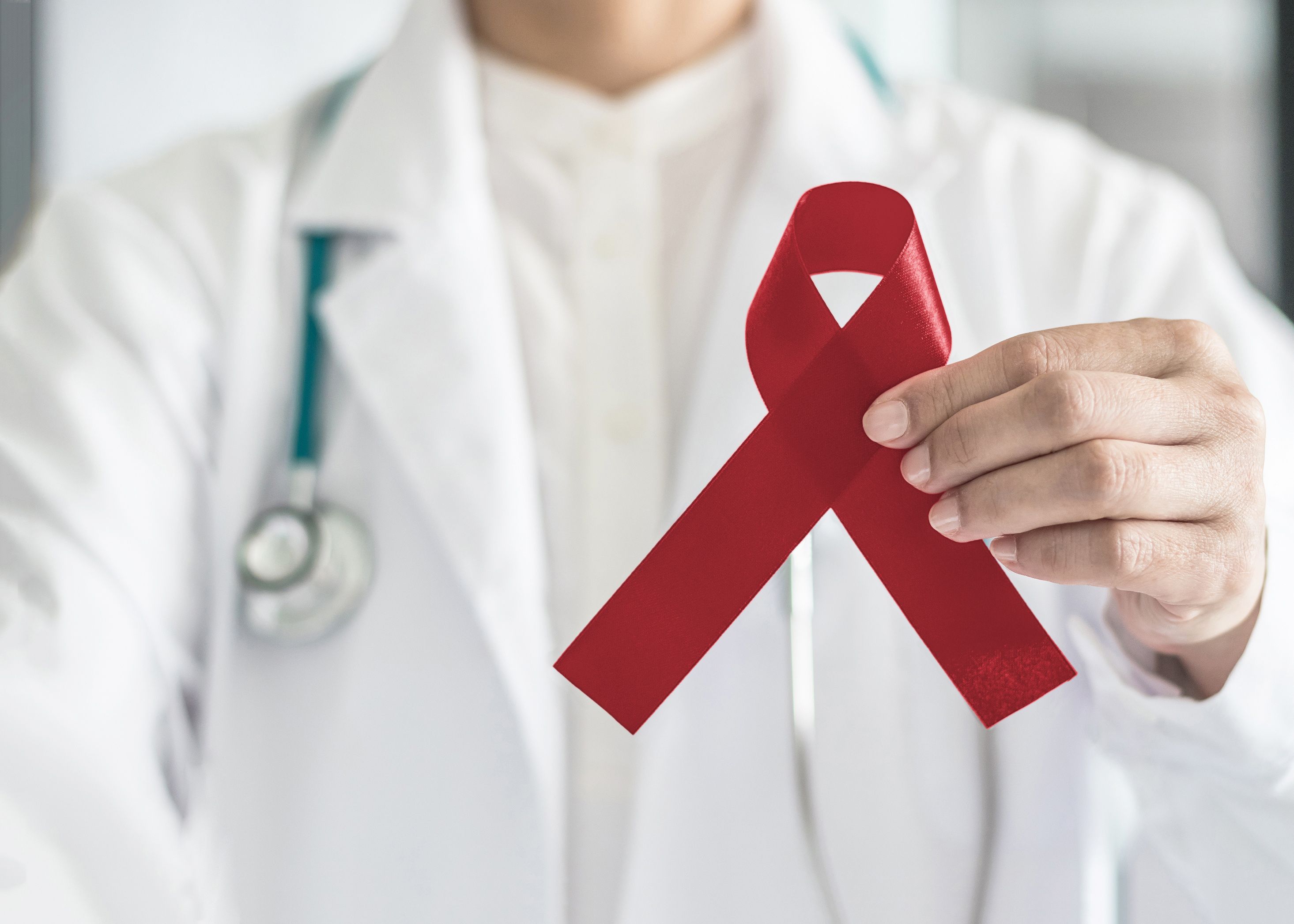Video
Successful Clinical Outcomes With Treatment in Advanced-Stage Breast Cancer
Heather N. Moore, PharmD, BCOP, CPP, and Susan Faye Dent, MD, FRCPC, FICOS, emphasize the critical role of the pharmacist in achieving clinical endpoints in advanced-stage breast cancer.
Ryan Haumschild, PharmD, MS, MBA: I appreciated the discussion on therapy because it’s important that we think about real-world evidence. If we’re going from an aromatase inhibitor to fulvestrant, what’s the clinical benefit? Speaking of clinical benefit, maybe Dr Dent can lead with this. What are some of the clinical end points that you consider as goals of therapy? Oftentimes, when I’m talking with patients, they may be more interested in overall survival. Some [are more interested in] progression-free survival. What are those end points that stand out to you, that you utilize to monitor response to therapy? At what point will you consider switching a patient if you feel like they aren’t meeting that desired end point?
Susan Faye Dent, MD, FRCPC, FICOS: That’s a good question. If you look at drug approval, historically, overall survival has been the gold standard. Everyone wants to live longer with their disease. They want to survive. As a clinician, I think patients still benefit from progression-free survival, which is what many of the studies look at. All the CDK4/6 inhibitors we have available were originally approved based on progression-free survival. Because if you can keep someone from progressing longer, that means you’re keeping them well longer. Importantly, you’re also keeping them away from chemotherapy longer.
On the backbone of that, some studies have reported time to initiation of chemotherapy as an end point, which is interesting. Quality of life is an important end point. All those things are looking at how to maintain someone on the therapy that is tolerated the best, is working, and has the least impact on the quality of life [are important]. Overall survival is important, but other end points, like progression-free survival, time to chemotherapy, and quality of life, are equally important.
Ryan Haumschild, PharmD, MS, MBA: As we talk about some of these clinical end points, we recognize that we can’t get there on our own. It [requires] the patient to be engaged. Good adherence to therapy, management, and understanding of treatment goals are important. Pharmacists play an important role for that, so I’m going to transition this question to Dr Moore, who works directly with patients with breast cancer in the clinic every day. From your perspective, what’s the important role that pharmacists play in the treatment of these patients and sometimes mutational screening, education, monitoring, and following up on the diagnosis? Give us a little context on the important role you play as a pharmacist in the clinic.
Heather N. Moore, PharmD, BCOP, CPP: First, we’re the drug experts. That’s essentially what we’re doing. As Dr Dent alluded to, the overall medications being prescribed and approved by the FDA in oncology are changing so rapidly that there are many complexities and toxicities that open the door for pharmacists. You mentioned a couple of those. One is education. [It’s important to] make sure the patient feels empowered with the therapy they’re on and how they take it at home. There are many things that we overlook, including whether it’s taken with food. From a patient perspective, that’s important.
I think about toxicity management when we think about all our therapies within the breast cancer setting. I can’t stress this enough. We’ll go into this a little more, but I’m specifically thinking about alpelisib-induced toxicities, hyperglycemia, rash, neutropenias, diarrhea, and nausea that we see with some of our CDK4/6 inhibitors. Although we’re moving away from chemotherapy, there are so many toxicities associated with a lot of our targeted therapies that we need to know how to manage. What good is a drug if you can’t stay on it?
The other important aspect for pharmacists is drug interactions. We think about drug interactions, and most people think about CYPs, not only from a pharmacokinetic standpoint but also pharmacodynamic interactions. A lot of what we see are patients with comorbidities. A lot of our patients are post-transplant, patients who may have chronic kidney disease, or patients who have multiple comorbidities, where we need to essentially find ways to make the drug fit the patient. We’re basically finding the best therapy for patients and helping identify what different medications within a class may be the best. Probably the best example of this would be with CDK4/6 inhibitors. We have 3 different [drugs] within that class, and [we need to] choose what may be the best for this patient.
Susan Faye Dent, MD, FRCPC, FICOS: Can I build on that? I clearly want to advocate for having a pharmacist on board. I’m very fortunate that we work side by side in the clinic and how valuable that is. More important, you asked me another aspect to the previous question that I didn’t quite get to, which was: what would make you change your therapy? Why would you change the therapy in a patient who’s on something for metastatic disease? There are obviously 2 things. Is it working? You want to make sure their disease isn’t progressing and that it’s at least stable. Ideally, it may be shrinking.
Second, and very importantly, are they tolerating it? We can’t overestimate the importance of that. Over my career, I’ve seen therapies introduced in the clinic, and we say, “It looks great on paper. It’s a statistically significant impact on care, and it’s clinically significant,” but the patient can’t tolerate it. Why? Because we haven’t adequately addressed the adverse effects and toxicities associated with that treatment. I’m a big believer in looking at not only whether that treatment is efficacious for the patient but how we can be proactive in monitoring and preventing the toxicities associated with that treatment. That’s where working with a pharmacist is very important.
Transcript edited for clarity.






